Nature is harsh and "fierce", but perhaps no nation is as closely attached to nature as the Japanese people.
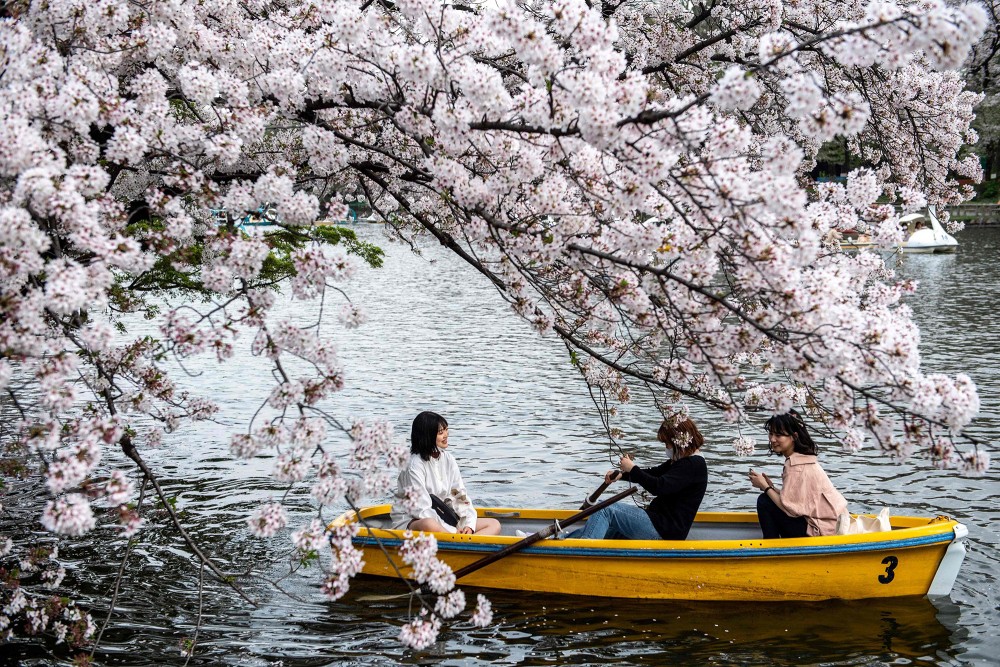 |
| The cherry blossom tree is the national flower. (Source: Getty Images) |
In general, Japan's terrain creates majestic landscapes: mountains and forests, steep cliffs, dangerous valleys, clear lakes filled with melted snow, and rushing waterfalls. The country is dotted with a variety of plants, from subtropical to subarctic: bamboo, banana, magnolia, camphor, pine, maple, cypress, oak...
Forests cover two-thirds of the area, containing up to 168 species of plants (African forests have only 85), the most common being the snow pine (sugi), the symbol of Japanese wood.
Trees and flowers all have symbolic meanings. Pine, bamboo and plum symbolize longevity and durability. Chrysanthemums that bloom late and fade slowly are often used to celebrate the longevity of the elderly and are also symbols of the Royal Family. Bamboo has long been revered by the people and considered to be inhabited by gods. Bamboo and bamboo shoots are worshiped in Shinto shrines. Legend has it that when the Sun Goddess (Amaterasu) was angry and hid in a cave, a god danced in front of the cave, holding a bamboo leaf (sasa) to make the Goddess come out of the cave. That dance later became a ritual to worship the gods and is the origin of Noh dance music. During harvest festivals, bamboo is always present.
During Tet, bamboo and pine trees are buried at the gate of the house to welcome spring and pray for peace; in the summer, people weave boats from bamboo leaves to worship the gods for their travel. Sometimes sushi rice balls are placed in the boats.
In ancient Japanese architecture, bamboo was used a lot, giving a feeling of simplicity and elegance. Nowadays, bamboo is rarely used because of its high cost. Japanese families are increasingly moving towards single-family residences, houses and living spaces are becoming smaller, and land for planting trees is scarce; therefore, planting bamboo between high-rise buildings is most suitable because bamboo does not require much light. Japanese bamboo grows in volcanic soil and has many quartz crystals, so it is very hard and shiny, and is beautiful when used as decorative objects.
The cherry blossom tree is the national flower. It lacks the majesty of the pine, the splendor of the plum tree, the grace of the willow, it is rustic and common. The light pink color of the cherry blossoms, each tree is beautiful, but when a clump of trees blooms on the banks of rivers, lakes, on dikes or lawns, it is truly pleasing to the eye and warms the heart. Cherry blossoms bloom around March 20 in the South. As the weather warms up, the flowers gradually bloom in the upper regions, blooming around mid-May in the North. Cherry blossoms are a good omen for a good rice crop.
Cherry blossom viewing is a folk custom that originated in the Heian period and was popularized perhaps around the 10th century. This is an occasion to go out and enjoy the warm weather; with friends and neighbors, eating, drinking, and singing after the long cold winter days. There is also a custom of going to see the flowers blooming at night.
There is also the custom of viewing peonies in May, irises in June, lotuses in July, chrysanthemums and autumn leaves in October. Iris are highly regarded by the Japanese, considered auspicious, bringing precious things to healthy babies. The word “flower” in the Japanese language has a broad meaning, not only referring to the flower itself, but also to leaves, grass and branches in some cases.
Flowers and plants have been a part of Japanese literature since ancient times. In the oldest anthology of poems, the Manyoshu (Collection of Ten Thousand Leaves), one-third of the poems describe plants and flowers to express inner feelings. In a 1986 article, Japanese literary critic Jun Eto (1932-1999) argued that many poems in the anthology praise the beauty of nature to commemorate the souls of the dead, bridging the gap between the underworld and the living world.
The largest anthology of Tanka poetry begins with six volumes of poems about the four seasons, the descriptions of nature arranged in order. For example, the mist of early spring, then the budding of trees, the blossoming of plums, the blooming of cherry blossoms... A Haiku without any mention of summer is considered incomplete; the seasons are often indirectly suggested by some kind of tree - white is a symbol of autumn, as are grasshoppers or wild geese... The symbols of the seasons are collected in the Saijiki (Records of the Years).
The attachment to nature has religious and spiritual nuances in the folk subconscious. Shinto, the indigenous religion, believes that nature, trees, animals... all have spirits and should be worshiped; the dead are also worshiped, because people believe that ghosts still exist in nature and return to the living world several times a year, especially during the Obon (or Bon) festival in July.
The custom of cherry blossom viewing (Hanami) in the spring was originally a festival to welcome the souls of the dead. Usually, the souls linger in the mountains and forests, gathering at some sacred mountains such as Yoshino-yama (Ki Da or Phuong Da mountain - recognized by UNESCO as a World Heritage Site) in Nara, Osorezan in Aomori...
To this day, Japanese people still maintain festivals associated with nature, originating from seasonal agricultural activities. In January, on the occasion of Lunar New Year, farmers reenact the process of planting rice (Ta-asobi) to get a good harvest; sing and dance to plant rice (Akiu no Taueodori).
In April there is a rice planting festival. In June there is a summer festival to ward off epidemics and protect rice from insects. In October there is a new rice festival. In November there is a festival to pay respect to the land god who has been with the fields since January. There are two flower festivals for children: the peach blossom festival or doll festival (Hina Matsuri - March 3) for girls (displaying peach blossom dolls), and the boys festival (Tango no Sekku - May 5 (day of soldiers, swords, hanging colorful paper or cloth carp-shaped flags).
Tanabata Festival (7/7 lunar calendar) recalls the legend of the two stars Altair and Vega, separated by the Milky Way, who only meet once a year if it doesn't rain. Nowadays, this festival is rarely held in cities because few houses have bamboo gardens, but is concentrated in Sendai, Tohoku region.
Source








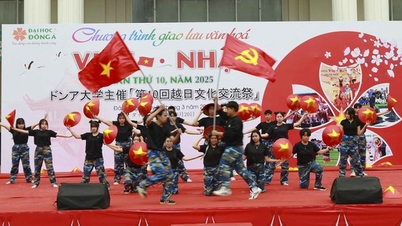

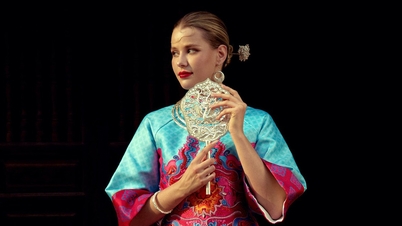

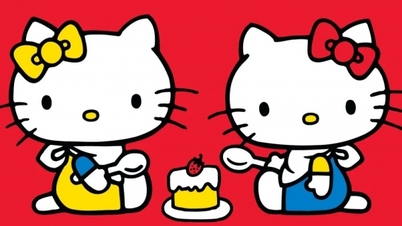



![Strolling in the American Literature Garden [Part 19]](https://vphoto.vietnam.vn/thumb/402x226/vietnam/resource/IMAGE/2025/1/19/282450858d7345568984c556f7bb952d)
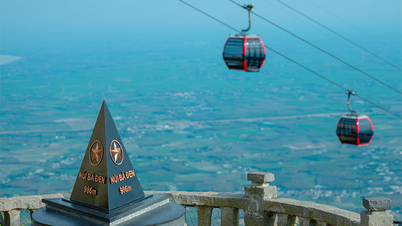

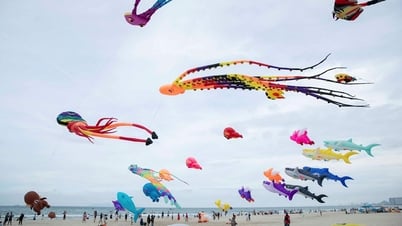

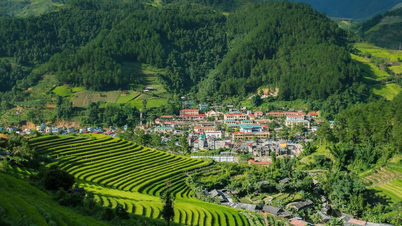











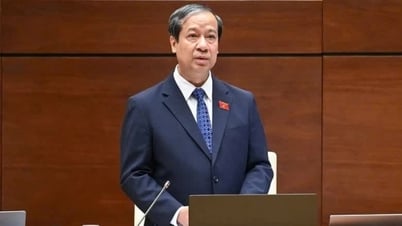






































































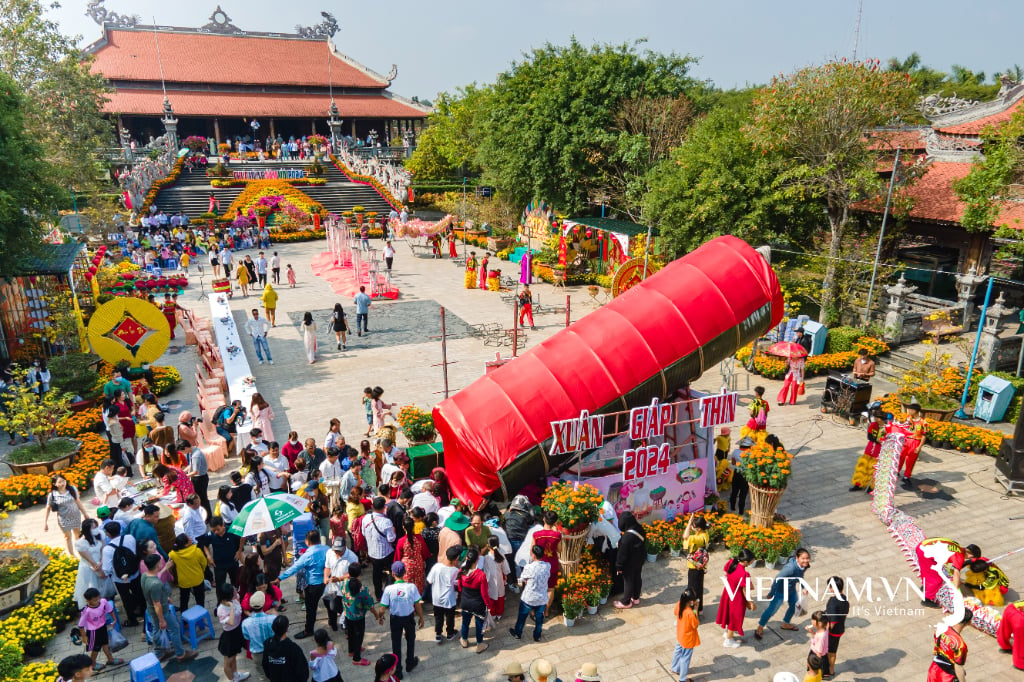
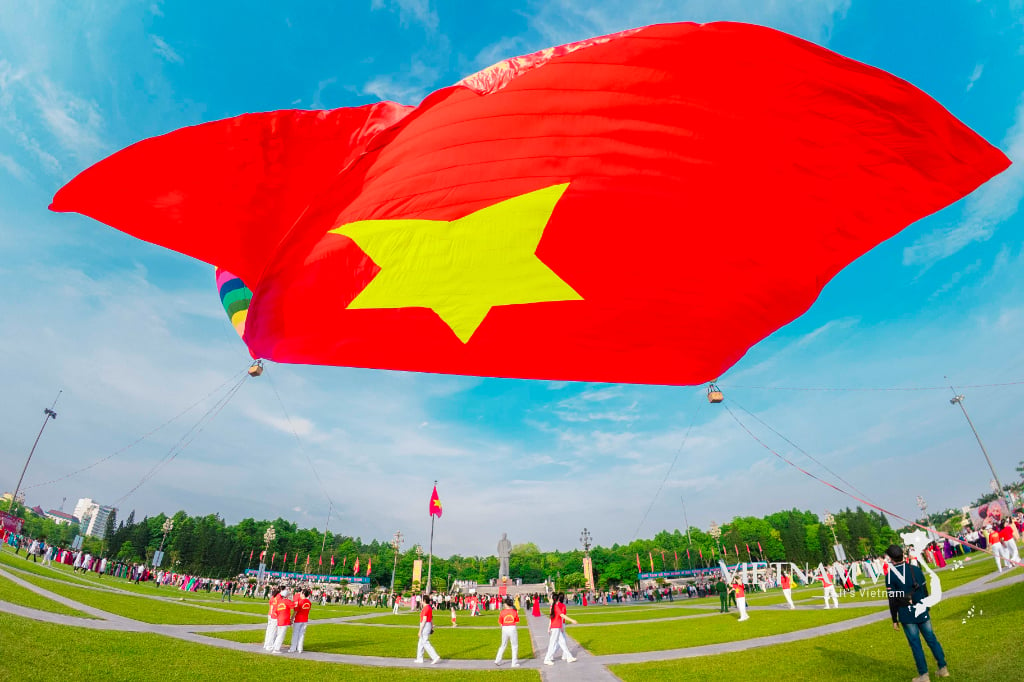
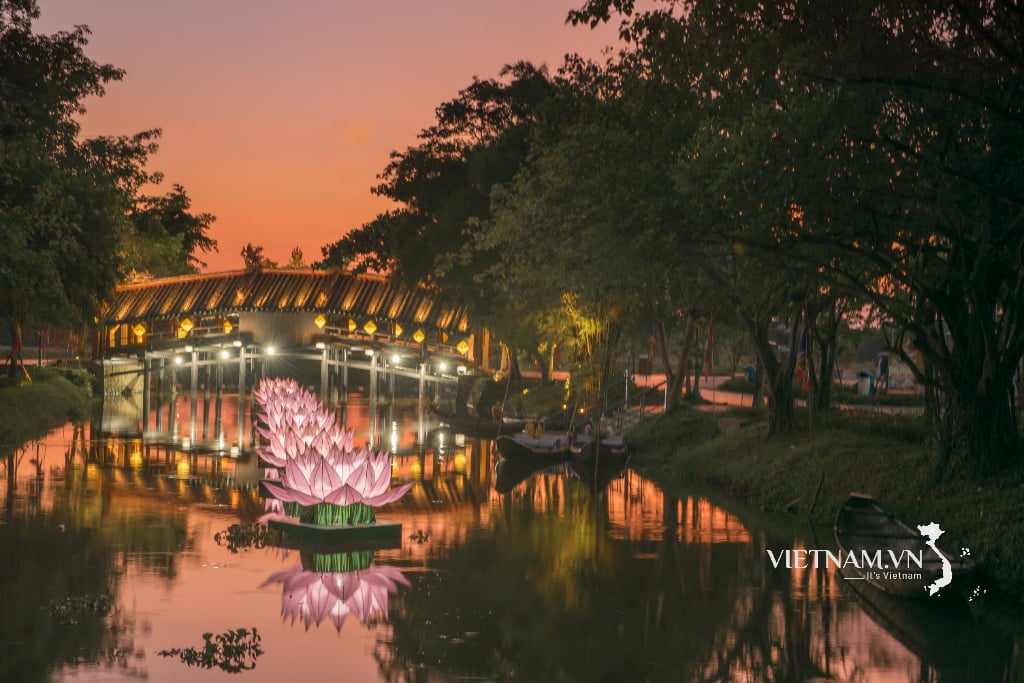
Comment (0)